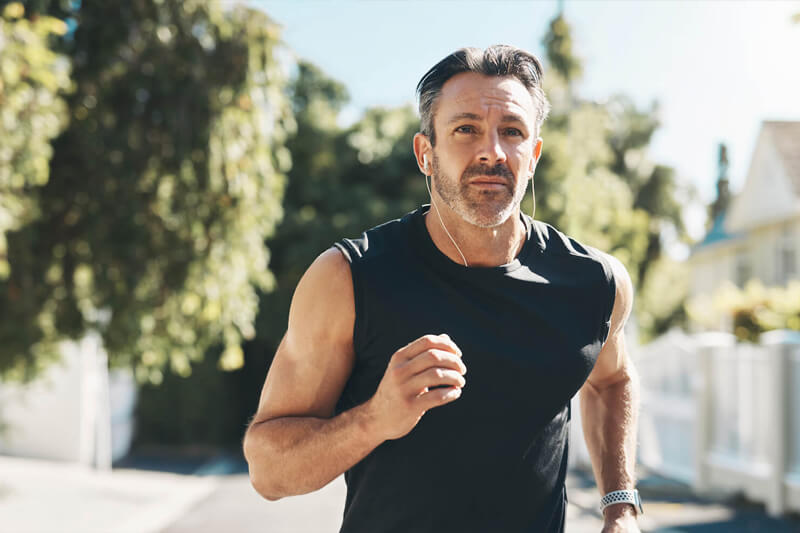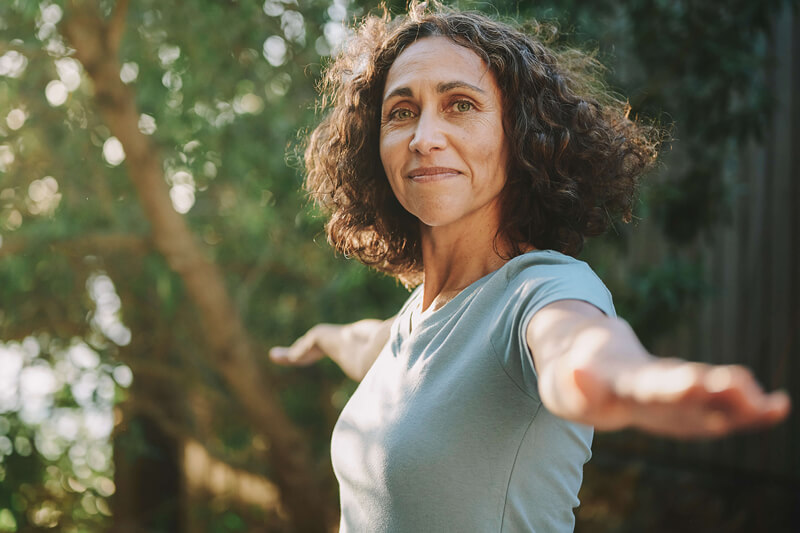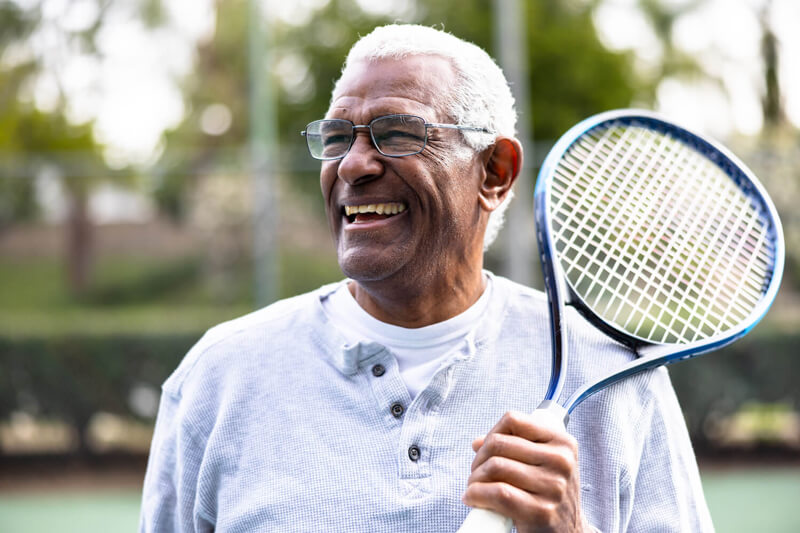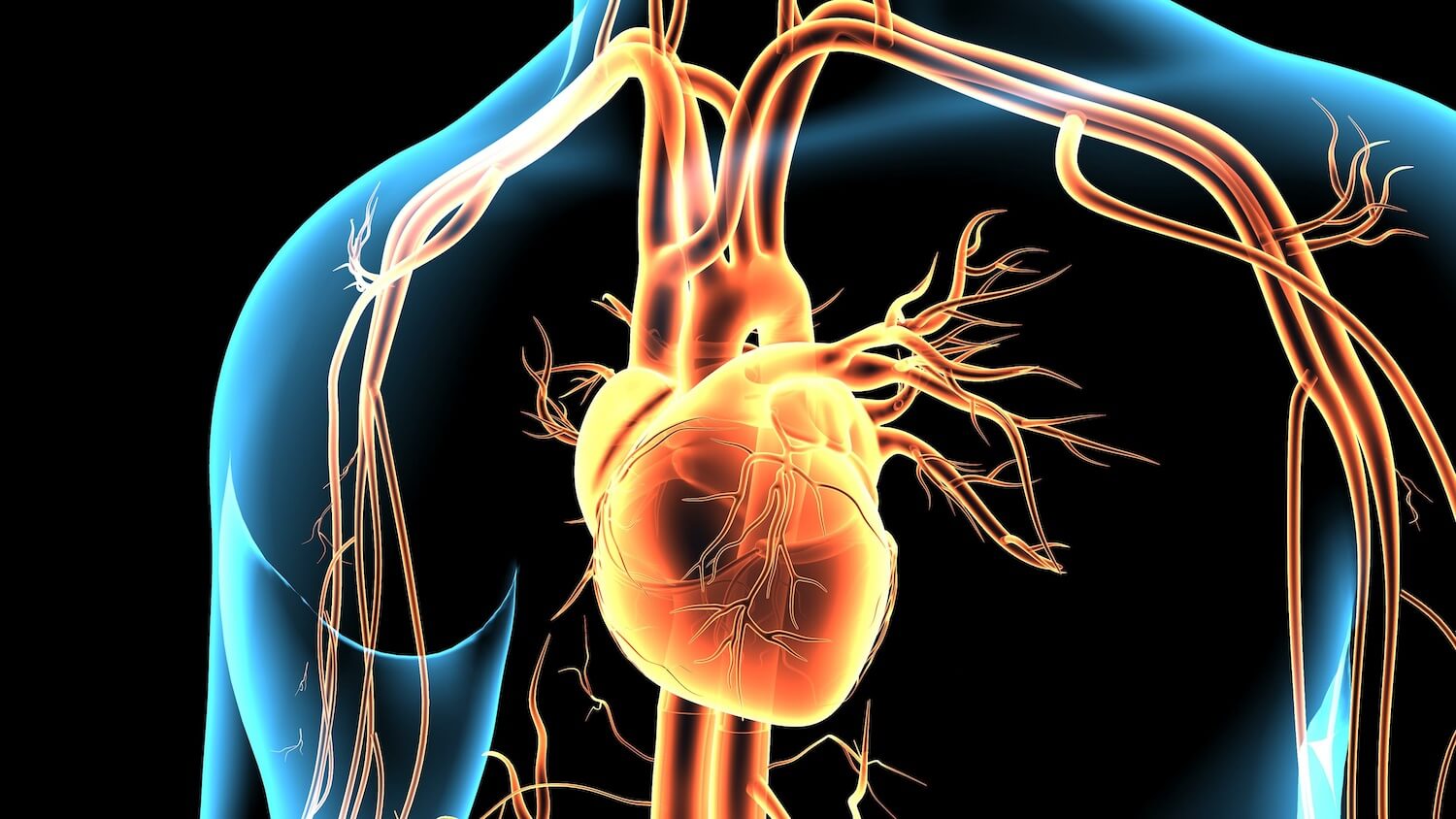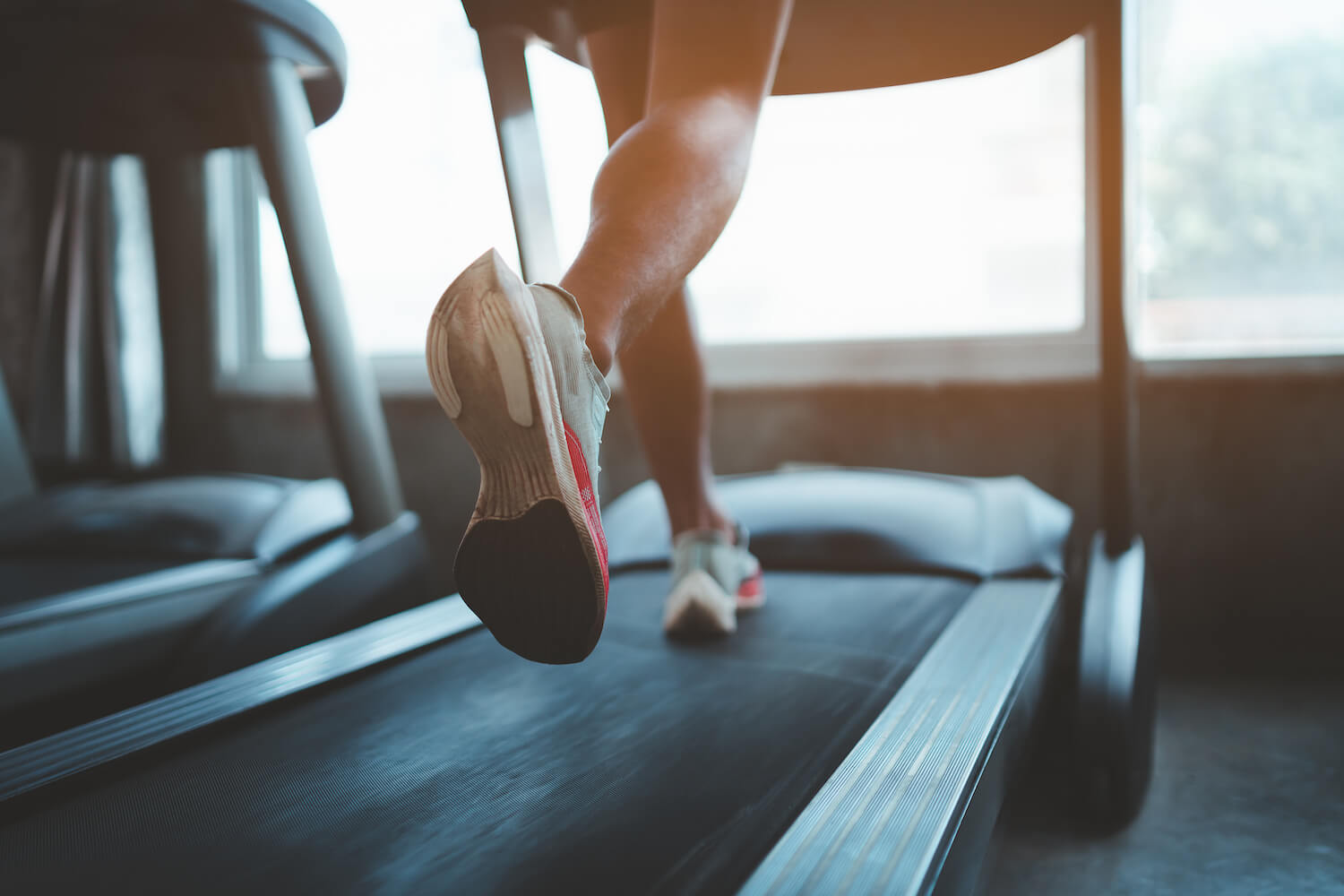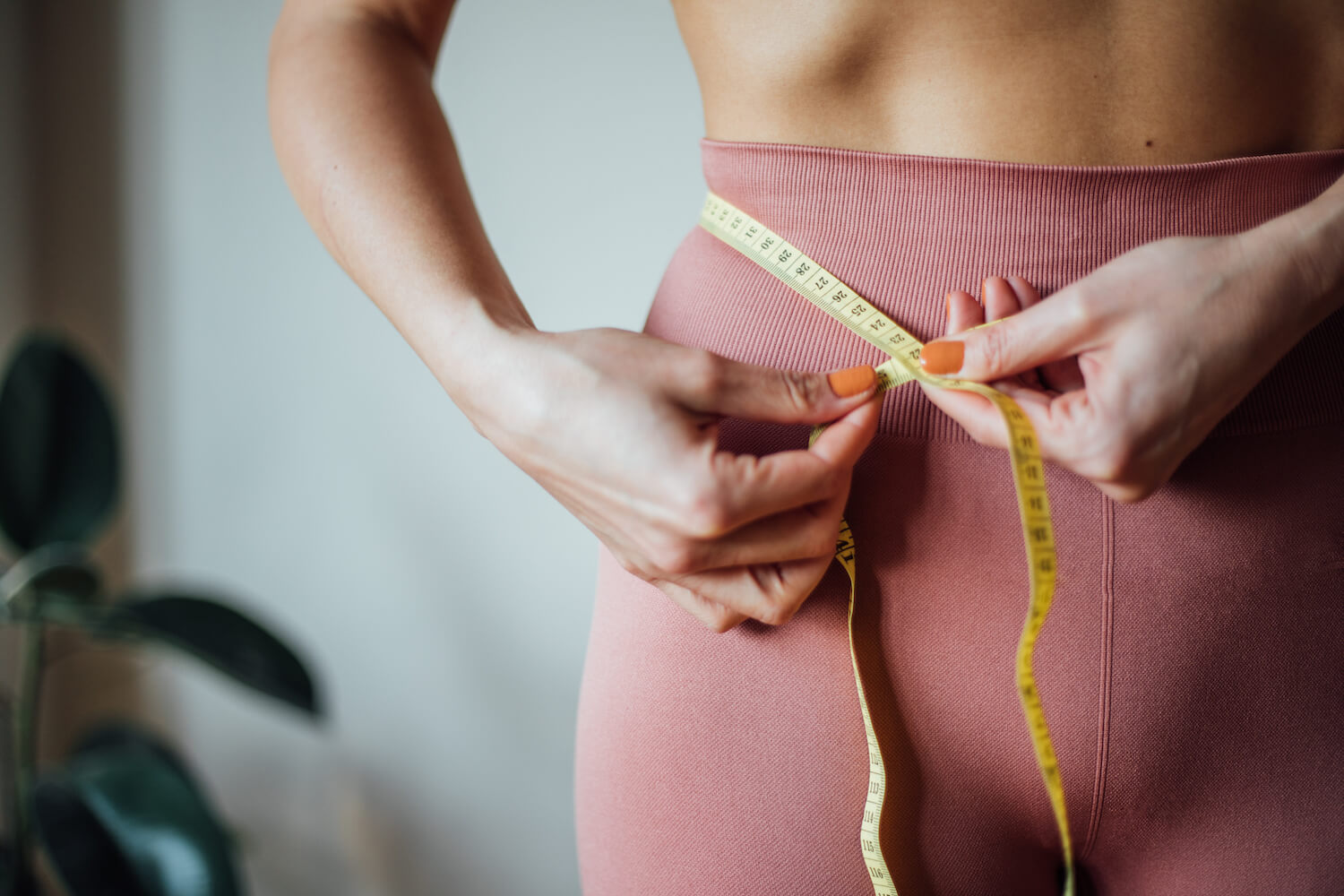Bone Densitometry DEXA Scan in Kelowna
Osteoporosis And Bone Fractures
Osteoporosis is a systemic skeletal disease characterized by low bone mass, which in turn makes individuals more susceptible to fractures and broken bones.
- Osteoporosis leads to more than 800,000 emergency room visits annually
- 1 in 2 women and 1 in 4 men age 50 and older will break a bone due to osteoporosis
- By 2025, osteoporosis will likely be responsible for roughly 3 million fractures
- A woman’s risk of hip fracture equals her combined risk of breast, uterine, and ovarian cancer
Importance of Bone Health
A DEXA scan is an imaging test that measures bone density (strength). The scan results can provide helpful details about your risk for osteoporosis (bone loss) and fractures (bone breaks). DXA can also measure your body composition, such as body fat and muscle mass.
Osteoporosis Diagnosis
A DXA scan can evaluate the bone density in the hip, spine or other bones to determine the risk of osteoporosis. It’s a way to measure bone loss as you age.
Future Risk Assessment
Cardiovascular Health
Monitor Treatment Progress
Bone Density Results
The DEXA scanner uses beams of very low-energy radiation to determine the density of the bone. The machine measures the amount of X-rays that pass through the bone from each beam.
T Score
The T-score is a measure of the number of standard deviations your bone density is from a young adult’s bone density. It basically compares your bone density to someone at peak bone health. Once you reach your peak bone mass around age 40, you begin to lose bone density each year. The T score is used to estimate your risk of developing a fracture and also to determine if treatment is required.
- A score of -1 and above is considered normal
- A score between -1.1 and -2.4 is classified as osteopenia (low bone mass)
- A score of -2.5 and below is defined as osteoporosis (extremely low bone mass)
Z Score
In technical terms, a Z-score is a measure of the number of standard deviations your bone density is from the average person of your age and gender. If this score is more than 2 standard deviations above or below average, it may indicate a need for further medical tests.
A Z-score is helpful in diagnosing secondary osteoporosis and is often used for children, young adults, women who are premenopausal, and men under age 50. The causes of secondary osteoporosis are potentially reversible. They may stem from one or more of the following:
- Inflammatory, blood, or endocrine conditions
- Low production of reproductive hormones
- Malabsorption syndrome
- Abnormal bone structure
- And other chronic diseases
Prevention With DXA Scan
Women are 4 times more likely to develop osteoporosis due to their lighter, thinner bones and longer life spans. Statistically being asian or caucasian also puts you at higher risk. Anyone at risk for osteoporosis should get a bone density scan.
What To Ask Your Doctor About Bone Density Testing And Your Osteoporosis Risk
Knowing the right questions to discuss with your healthcare provider can be a daunting task. Here are some suggestions to inquire if a DXA scan is right for you:
- Would any of the medical conditions I have contribute to bone loss?
- Would any of the medicines I’m on contribute to bone loss?
- How much Vitamin D and Calcium should I get each day?
- Do my lifestyle choices contribute to bone loss? (nutrition, caffeine, alcohol)
- Am I at risk for osteoporosis or fractures?
- What physical activity can I do to prevent osteoporosis?
- What can I do to decrease my chances of a fall?
Am I Overweight?
Are you in the healthy range? Use this tool to calculate your Body Mass Index (BMI) now to know your risk for obesity-related diseases.
How Healthy Are My Bones?
Take the 1-minute quiz to determine your risk for developing osteoporosis.
DexaCan Plan Options
The DEXA scan is the gold standard procedure for body composition analysis. We offer multiple plans for you to choose from.
- Visual image of the precise bone, lean, and fat mass location.
- Body fat % compared to age group.
- Precise mass measurements of specific areas of the body.
- Calculations of total body mass, fat mass, and lean mass.
- Estimated amount of visceral fat (the type of fat around internal organs associated with medical disorders such as metabolic syndrome, cardiovascular disease, and type 2 diabetes).
- Bone health screening based on bone mass.
- Visual comparison of gradual changes in body mass over time including fat, lean/muscle, bones, and visceral fat.
- Ideal for athletes, fitness enthusiasts, bodybuilders, and those seeking weight management.
***SCAN ONLY. Patients will receive an emailed copy of the scan report. No follow-up consultation.
We have introduced a new app for the DEXA Body Composition Results called DexaFit ai. This is free for our clients to download on Google Play or Apple App Store. There are also QR codes available on the copy of your Dexafit App Results. Monitoring progress over time has never been so easy!
Our Technologist will guide you through the application and provide you with basic information based on your results.
- Visual image of the precise bone, lean, and fat mass location.
- Body fat % compared to age group.
- Precise mass measurements of specific areas of the body.
- Calculations of total body mass, fat mass, and lean mass.
- Estimated amount of visceral fat (the type of fat around internal organs associated with medical disorders such as metabolic syndrome, cardiovascular disease, and type 2 diabetes).
- Bone health screening based on bone mass.
- Visual comparison of gradual changes in body mass over time including fat, lean/muscle, bones, and visceral fat.
- Breast health screening based on BMI and body fat %.
***The Advance Body Composition Scan includes a consultation with our physician to review the results approximately 1-2 weeks after testing. The physician may then recommend further testing, may advise on lifestyle modification, treatment, or may refer you to a specialist if necessary. Patients will receive an emailed copy of the scan result.
We have introduced a new app for the DEXA Body Composition Results called DexaFit ai. This is free for our clients to download on Google Play or Apple App Store. There are also QR codes available on the copy of your Dexafit App Results. Monitoring progress over time has never been so easy!
Our Technologist will guide you through the application and provide you with basic information based on your results.
- Evaluation of bone density loss or low bone mass in the hip, spine, and sometimes
forearm to determine the risk of osteoporosis. - Values are compared to others of the same age and gender (Z-scores) or healthy
young adults at peak bone mass (T-scores). - Results help track bone health changes over time.
- In addition to the scan, lab work is ordered as your blood may also be an indicator of bone health. Bloodwork requisition will be provided at the appointment. (additional fees apply)
***The Bone Density Scan includes a radiologist report and a consultation with our physician approximately 1-2 weeks after the scan. Our physician may then offer recommendations, treatment, or may refer you to a specialist if necessary. Patients will receive an emailed copy of the
scan report.
- Screening to detect and identify individuals at higher risk for heart disease by assessing Abdominal Aortic Calcification (AAC).
- Lateral DXA is non-invasive, has low radiation exposure, and is relatively inexpensive compared with CT, a helpful screening tool for vascular calcification.
- Measurements can help detect anomalies earlier. The image captures the presence of abdominal aortic calcification (AAC) associated with cardiovascular disease in older individuals. The build-up is the hardening of the abdomen’s largest artery.
***This Instant Vertebral Assessment includes a radiologist report and a consultation with our physician to review the findings in approximately 1-2 weeks. In addition to recommendations and medical intervention, the physician may advise on lifestyle modifications that can help manage or prevent medical conditions. Patients will receive an emailed copy of the scan report.
DexaCan is more than your average medical clinic.
Who Should Get a DEXA Scan?
A DXA assessment is suitable for people on weight management programs, athletes in training as well as men and women at risk of osteoporosis and bone fracture.
Why choose DexaCan for your private DEXA body scan?
Leading Expertise
Rapid Access
Innovative Diagnostic Imaging
Safety & Comfort
FAQS
A bone density test is mainly done to look for osteoporosis (thin, weak bones) and osteopenia (decreased bone mass) so that these problems can be treated as soon as possible. Early treatment helps to prevent bone fractures.
The complications of broken bones related to osteoporosis are often severe, particularly in the elderly. The earlier osteoporosis can be diagnosed, the sooner treatment can be started to improve the condition and/or keep it from getting worse.
DEXA scans offer a high degree of precision and accuracy. Medical experts consider DEXA scans to be an accurate test for diagnosing osteoporosis.
Unlike x-ray machines, DEXA machines are checked daily for their ability to measure bone mineral accurately, and no two DXA machines are exactly alike. That is why your healthcare provider will insist that you have all of your DEXA tests done on the same machine.
The report presents your bone mineral density results in three ways:
- Bone mass in grams per cm square.
- T-score: a calculation made from the DEXA manufacturer comparing your bone mass to that of their healthy control group.
- Z-score: a calculation made from the DEXA manufacturer comparing your bone mass to that of your peers.
Please contact us with questions, or to schedule an appointment. We are always happy to hear from you.
Or call us during clinic hours at 778-760-2161.
"(Required)" indicates required fields

